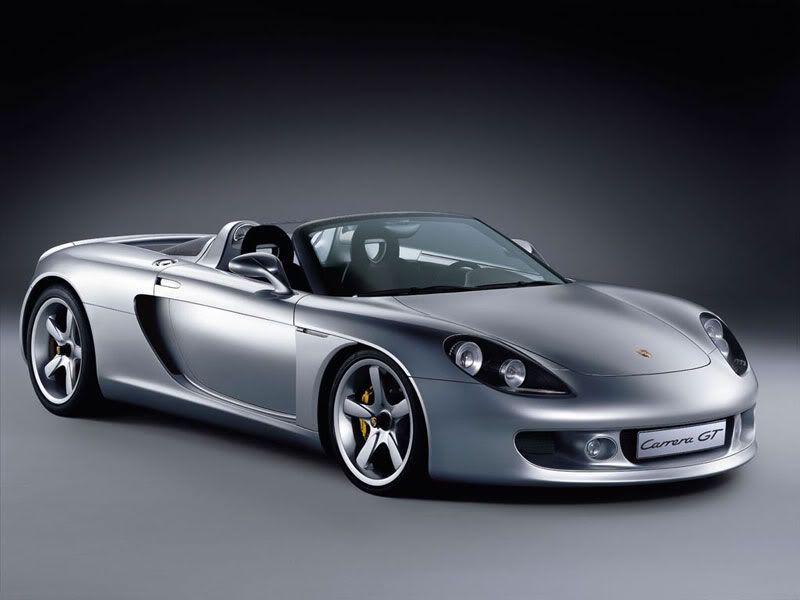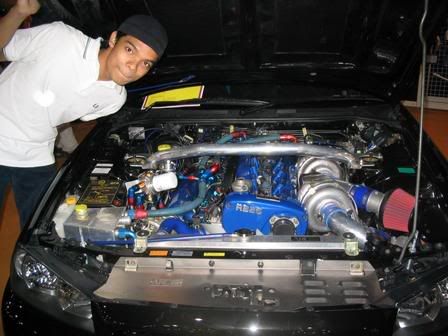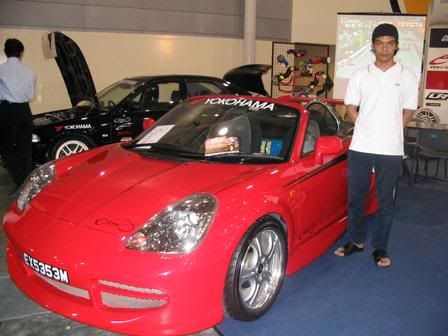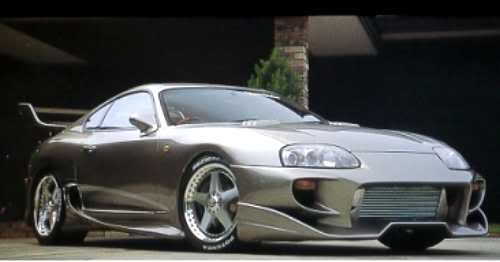porsche carrera gt

With the development of the Carrera GT, Dr. Ing. h.c. F. Porsche AG, Stuttgart, has not only unveiled the technological possibilities available today in sports car construction, but the high-performance sports car also gives an insight into Porsche technology that might possibly be deployed in the future. At first glance, the optics and overall build of the Carrera GT betray that its origin lies in motor sport. Porsche's latest sports car creation has a thoroughbred racing engine. The ten-cylinder engine with dry-sump lubrication is based on the 5.5 litre V10 naturally-aspirated engine that was developed especially for racing activities. To suit mass production, technicians at the Development Centre in Weissach have increased the displacement to 5.7 litres. The maximum output is 450 kW (612 hp) at 8,000 rpm, the maximum torque 437 lb-ft. The Carrera GT completes the blue-ribband sprint from zero to 200 km/h in 9.9 seconds. An individually developed, manual gearbox, comprising six gears, ensures optimal transmission of the drive power.
A new construction concept was developed for the first time for road and racing vehicles - both the monocoque and the entire sub-frame are made of carbon-fibre reinforced plastic (CFRP). Its functional and formal unity distinguishes it from all previous creations. Porsche has applied for a patent for this trailblazing principle. Carbon is the only material that, after complex processing, can meet the prerequisites needed to combine top-class driving performance and driving dynamics with minimum weight at maximum rigidity.
With attainable speeds of more than 300 km/h, aerodynamics plays a crucial role. To achieve as high output cooefficients as possible (so-called "downforce"), the Carrera GT has an underbody geometry that can only be found in similar form in thoroughbred racing sports cars. The underbody is completely cased in carbon fibre and provides an additional suction effect thanks to its rear diffusor and flow channels.
The Carrera GT is decelerated by the Porsche Ceramic Composite Brake (PCCB). Porsche has supplied this component since 2001 and is the first manufacturer to include it in a mass-produced vehicle (GT2). A global innovation takes care of power transmission: the PCCC (Porsche Ceramic Composite Clutch). The PCCC's high efficiency, small dimensions and enormous endurance set it apart.
The Carrera GT's extremely light magnesium wheels are produced in a very special forging process and deployed for the first time in a mass-produced vehicle. The tyres with very large treads were especially developed for the Carrera GT.
The new Porsche roadster possesses a simple-operation roof system. It consists of two individual carbon-fibre, lightweight shells, which can be accommodated in the front luggage compartment.
The first Carrera GT models produced at the Porsche plant in Leipzig will be delivered to customers at the end of 2003.


 A site For All u Car lovers..........
A site For All u Car lovers..........
0 Comments:
Post a Comment
<< Home